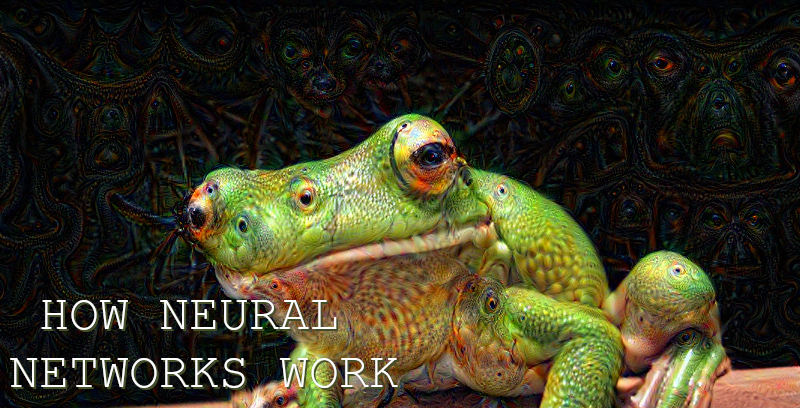If you’ve been playing attention to the news, you’ve likely heard about the new phenomenon called Deepfakes: computer-altered photos and video that seem to show one face perfectly superimposed on another. While it’s certainly an impressive and terrifying technology, it’s actually the result of a process that’s used all across technology these days called neural networks.
Neural networks are complex groups of dozens to millions of individual artificial neurons (like those in living brains) which work together to come up with probable answers to questions. Unlike normal computer programs, neural networks need to be trained before they’re any good – just like a person leaning a skill. Networks are trained on thousands or millions of examples of the correct answers for whatever they’re looking for; be it to identify faces in your Facebook images, what words are in a scanned image, or whether the sensor data from your soon-to-be self-driving car shows a car swerving into your lane. Currently, the most powerful neural networks have the same number of neurons as frogs.
Where these programs tend to differ from frog brains is that when they reach a satisfactory point where they are ready to do actual work, they stop learning. This allows their behavior to be somewhat predictable, and also debug-able. So when a certain font causes all punctuation to be the number “5,” you can be certain it was an issue in the training data, and not some rogue thing THIS computer learned along the way.
Deepfakes are created by programs that are trained to learn the features of two faces, one in source material, and then as many as possible angles and muscle movements of a target replacement, and uses it’s already programmed methods of blending the two together like an animator or special effects artist would do. The more computing power, the higher the quality of the reference and source footage, and the more references the AI can learn from, the better the overall quality will be.
It’s reasonable that applications will someday exist that will make face swapping simple, perhaps so much so it’ll make a nice Instagram or Snapchat Filter that can create convincing swaps of your face with a celebrity or entertainer.

